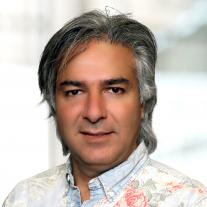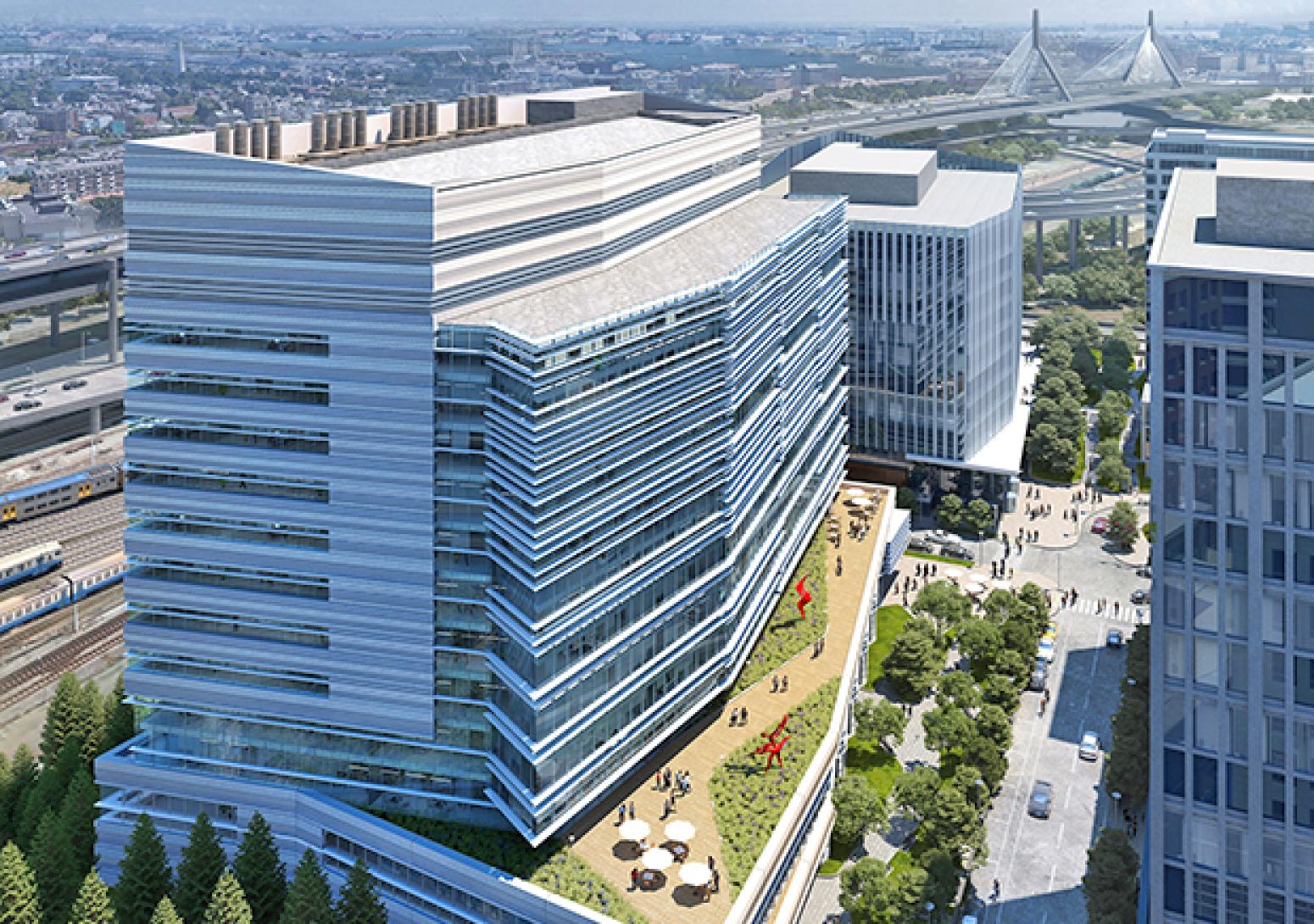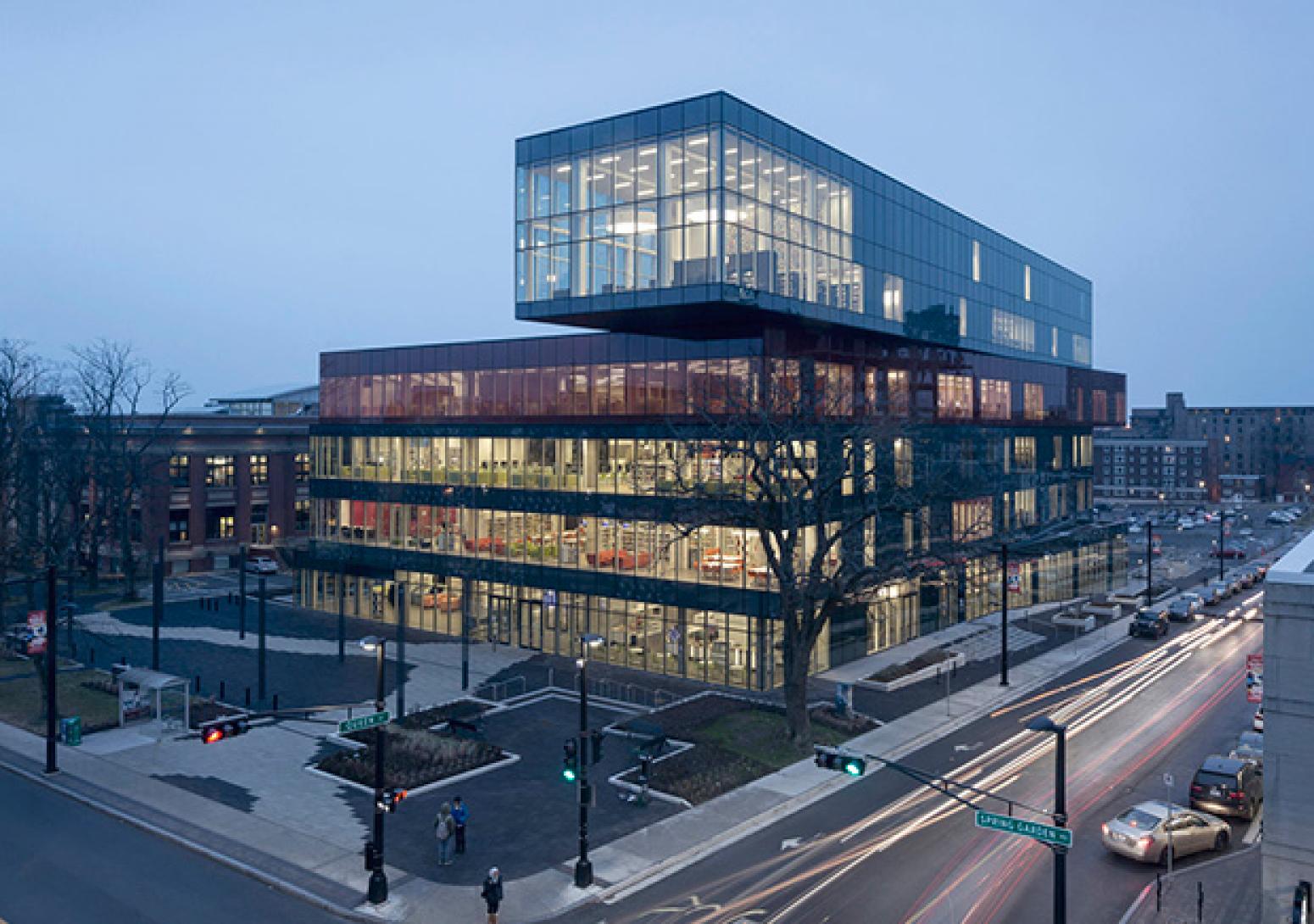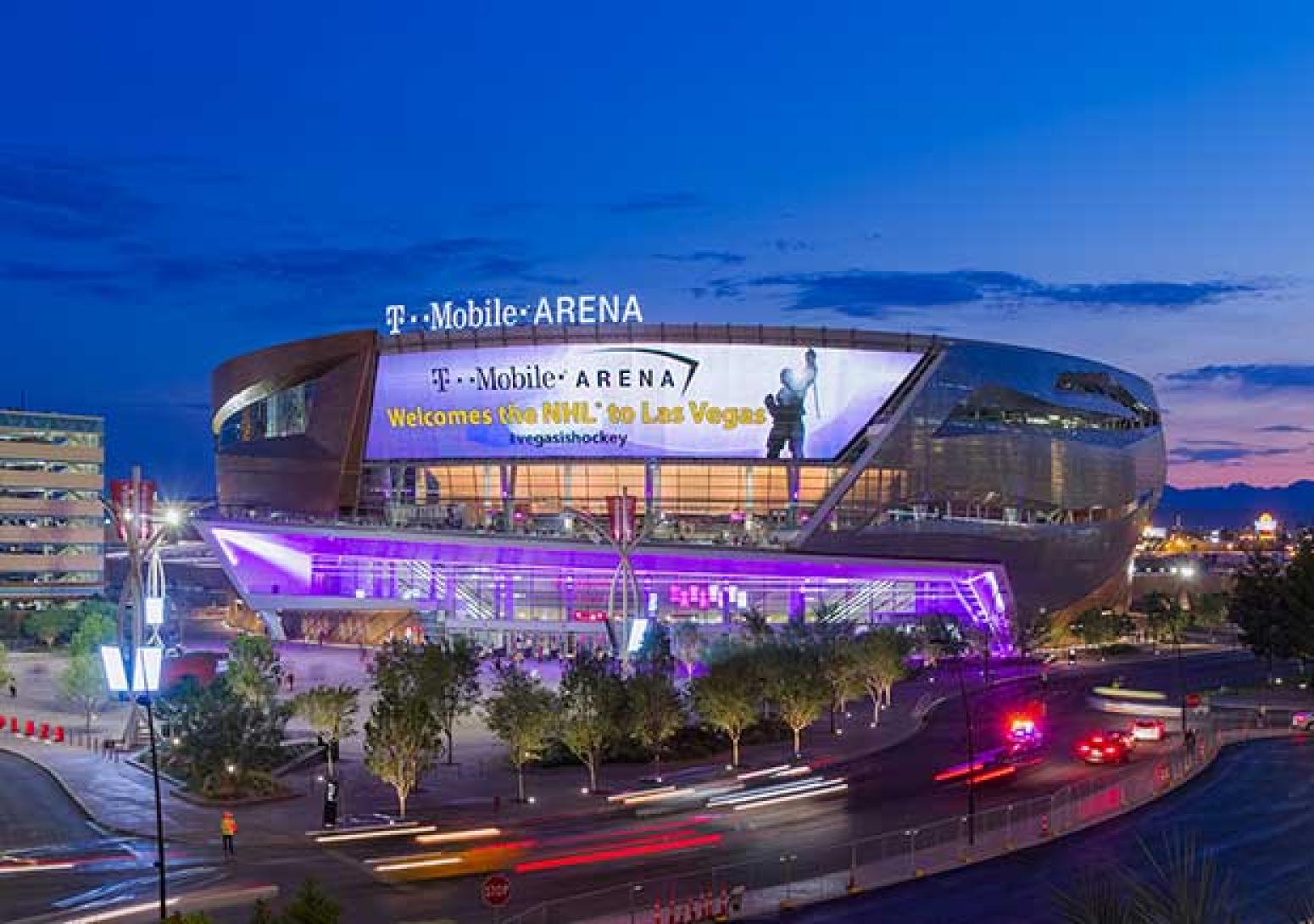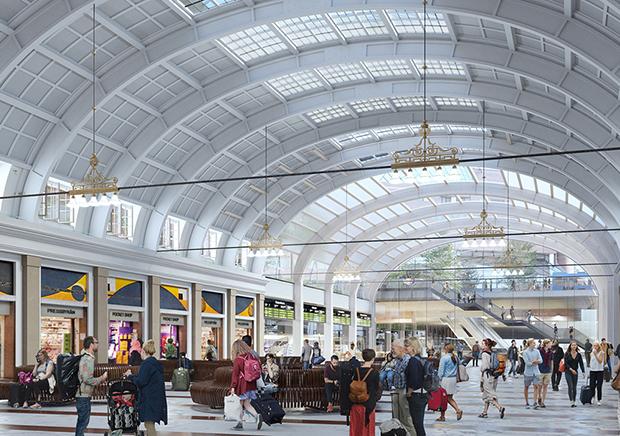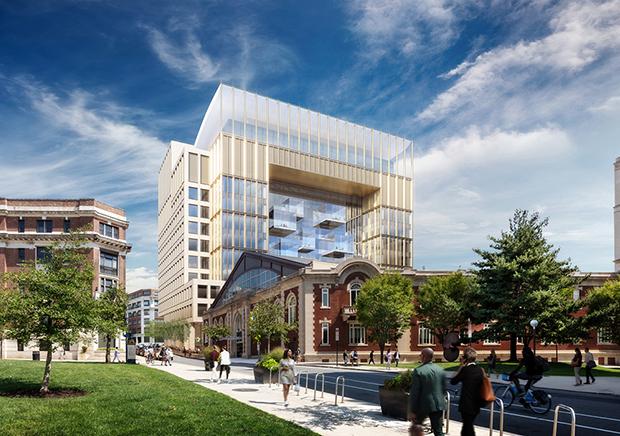
Acoustics, Noise & Vibration Engineering
Whatever your project, controlling noise and vibration can be critical to success.
Lead Contacts

Here's How
Whatever your project, controlling noise and vibration can be critical to success. Perfecting the acoustics in a concert hall. Making it easier for students to concentrate in class. Limiting uncomfortable sway in tall buildings. Protecting industrial workers from hearing loss. Keeping sensitive medical imaging equipment rock steady. Complying with national or local regulations. Preventing your construction activity from damaging nearby structures. We have the expertise you need for all these and more.
We’re also adept at analyzing, testing, documenting and remediating unwanted noise and vibration in existing structures. And we can provide compelling expert witness testimony if necessary.
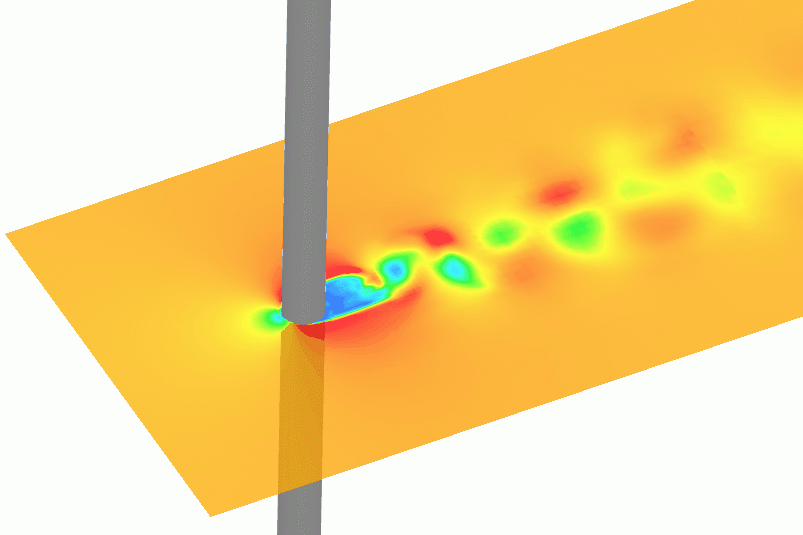 High-resolution transient computational fluid dynamics analysis showing vortex shedding behavior behind a cylinder.
High-resolution transient computational fluid dynamics analysis showing vortex shedding behavior behind a cylinder.
Qualifications
We apply tried-and-true techniques and innovative methods to a full spectrum of architectural and forensic acoustics services.
Architectural acoustics, noise and vibration. Analysis and design to control and balance competing acoustic, noise and vibration requirements for new buildings and renovations.
Construction vibration assessment and monitoring. We assess, monitor and mitigate construction vibration levels in jurisdictions that require vibration-control plans. This includes considerable expertise with Toronto's By-Law 514-2008 which requires an assessment of the zone of influence of construction vibration in support of building and demolition permit applications to minimize the adverse effects on adjacent buildings and structures.
Aeroacoustics. We perform wind-induced noise risk assessment and remediation. Wind flow over architectural features such as façades and railings can cause significant whistling or humming. We analyze the geometry of these features, as well as the local wind environment, to control or eliminate wind-induced noise.
Vibration testing, monitoring and control. We measure and analyze the structural vibration profiles of sources that could affect your project, from roads and subways to HVAC equipment, human activity and wind.
Tuned mass dampers (TMDs). We design – and verify the effectiveness of – solid and liquid TMDs for floors, long-span structures, bridges and towers. We’ve also invented a new kind of TMD.
Environmental noise and vibration control. We help you stay on the right side of regulations with noise and vibration assessments, noise-impact statements and design for noise-reduction measures. With decades of experience, we’re well-versed in the requirements of jurisdictions across Canada and the United States.
Forensic noise and vibration testing. Dealing with unwanted or objectionable noise? We quantify it, find its source and recommend fixes. Need a specialized monitoring system? We can do that too.
Expert witness testimony. Our seasoned and well-respected experts can clearly communicate salient information on the material and psychological aspects of acoustics, noise and vibration.
Acoustics, noise and vibration control education. We offer courses that are accredited with architectural governance bodies in Canada and the United States.
Technology
We maintain laboratory-quality instrumentation for sound and vibration measurement, recording and analysis. Our experts use industry-leading products for environmental noise analysis, room acoustics prediction (ray tracing), system analysis and computational analysis.
Footfall-Induced Vibration
Surprising as it may seem, the effect of people walking around is one of the most challenging sources of disruptive movement. It’s hard to predict. It can impair the performance of sensitive equipment like MRIs and electron microscopes. It can make sitting at a desk or sleeping in a bed uncomfortable.
Traditional methods for predicting footfall-induced vibrations (via Canadian/American Institutes of Steel Construction Design Guide 11) are overly conservative, when compared to real-world testing. So code-based solutions tend to be overdesigned and expensive.
For hospitals, labs, pharmaceutical and athletic facilities, getting the right design for footfall-induced vibration is mission critical. But it’s also an important factor in the value of commercial, residential and cultural buildings.
Advanced Techniques
At Thornton Tomasetti, we’ve invented better ways to predict footfall-induced vibration. Based on methods outlined in Steel Construction Institute (SCI-P354) and Concrete Centre (CCIP-016), we develop a finite-element model of the structure. Its multimodal time-history predictions accurately account for actual building geometry and layouts, realistic walking paths and speeds, and building-specific transfer of vibration. Our models can also predict the complex effects of group activities like aerobics and dancing at a concert.
FootPrint for Optimal Response
Even advanced off-the-shelf methods for predicting and controlling footfall-induced vibration don’t yield the very best results. So we developed FootPrint, a software tool that maps and calculates behavior based on plans for individual floors.
Using FootPrint, we can help you optimize architectural and structural layouts. We work with project teams to organize the space on each floor to accommodate predicted movement. This seamless coordination of program planning and building physics offers the most efficient way to meet the challenges of footfall-induced vibration.









